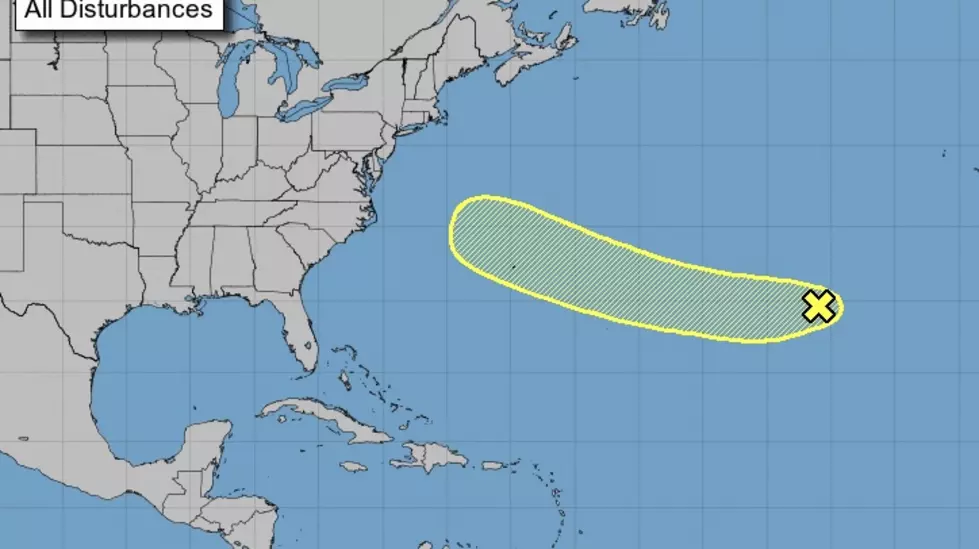
Disturbance in the Atlantic
(NOAA) A disturbance located in the Atlantic could gain subtropical or tropical characteristics by early next week. The disturbance is headed toward warm water which gives it at least a 20% chance of becoming a tropical or subtropical depression within five days.
Friday afternoon the small area of low pressure was located about 1,400 miles east of Bermuda moving west at 20 to 25 miles per hour. As of 1 p.m. Friday the low-pressure area had sustained winds of 39 mph and limited shower activity.
The National Hurricane Center has issued the projected track of the disturbance and called the likelihood of formation "low".
National Hurricane Center Miami, Florida Five-Day Graphical Tropical Weather Outlook
National Hurricane Center in Miami, Florida Tropical Weather Outlook
Hurricane forecasters tracking disturbance in Atlantic that's quickly heading west. -NOLA.com
Hurricane season ends on November, 30.
LOOK: The most expensive weather and climate disasters in recent decades
More From News Talk 96.5 KPEL









